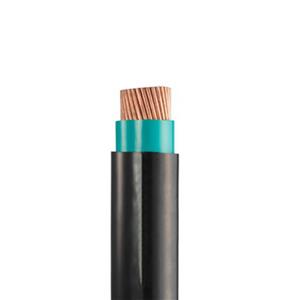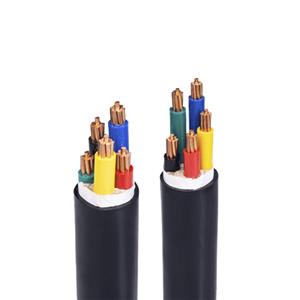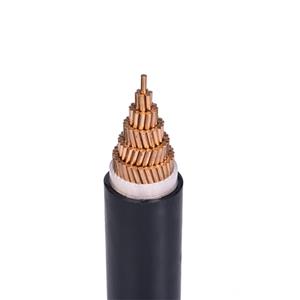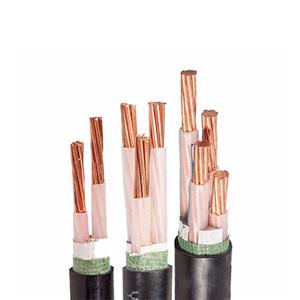Differences between different types of mineral cables
In the field of power transmission, mineral-based cables, thanks to their exceptional performance, have become the preferred choice for numerous critical projects. In a fire, ordinary cables would likely collapse and cease functioning, but mineral-based cables remain in place, continuously supplying power to critical equipment, ensuring the proper functioning of firefighting equipment and buying valuable time for evacuation and rescue efforts. The exceptional performance of mineral-based cables stems from their unique structure and materials. Highly conductive copper conductors serve as the pathway for current transmission, ensuring efficient power transmission. Heat-resistant, non-combustible inorganic minerals are used as insulation, isolating the conductors from the outside world and effectively preventing faults such as leakage and short circuits.
From a functional perspective, the advantages of mineral-based cables are significant. They offer excellent fire resistance, thanks to the inorganic minerals used in their insulation layer, which have an extremely high melting point and are neither flammable nor flame-supporting. Even under high-temperature flames, they maintain stable performance and continue to transmit power. Furthermore, mineral-based cables possess high mechanical strength. Categorized, mineral-based cables are generally categorized as flexible and rigid. These two types of cables differ in structure, performance, and application scenarios. Rigid mineral cables have a relatively stable structure, good anti-collision capabilities, and can hold their ground in harsh environments; flexible mineral cables are more flexible and suitable for use in situations where frequent bending is required or the wiring environment is complex.
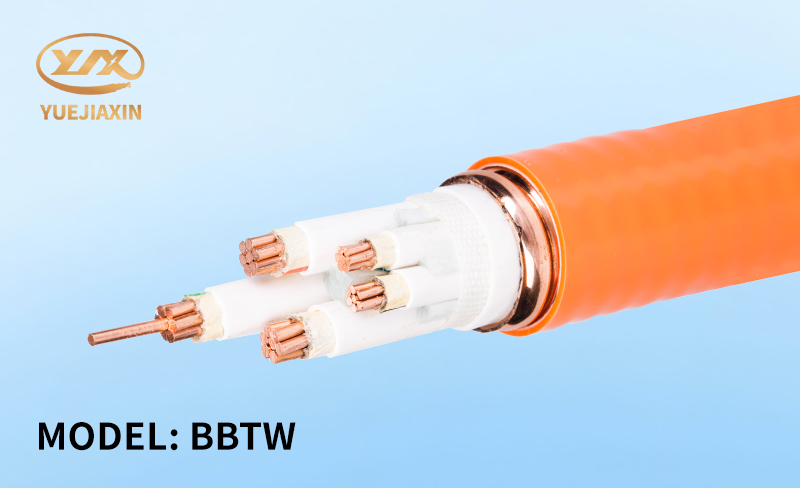
Common mineral-insulated cables include BTTZ cables, or heavy-duty copper-core copper-sheathed magnesium oxide mineral-insulated cables. They offer exceptional fire resistance, capable of sustaining continuous and stable power supply even in blazing flames up to 950°C, while also enduring water spray and mechanical shock. They provide reliable power to critical systems like firefighting equipment and emergency lighting, ensuring the proper functioning of these devices in emergencies like fires, buying valuable time for the safe evacuation of personnel and firefighting rescue efforts. They also boast high mechanical strength and durability, capable of withstanding severe mechanical damage, ensuring stable power transmission in a variety of complex construction and operating environments.
Compared to rigid mineral-insulated cables, flexible mineral-insulated cables maintain excellent fire resistance while offering greater flexibility in bending and installation. YTTW cables, or flexible fire-resistant metal-sheathed inorganic mineral-insulated cables, feature a sophisticated structural design that allows for fast and smooth current flow, ensuring efficient power transmission. They also offer excellent high-temperature resistance, ensuring stable insulation even in high-temperature environments. The copper tape longitudinally wrapped continuous welded sheath not only provides solid physical protection for the cable, protecting it from external mechanical damage, but also has good electrical conductivity. At the same time, it enhances the cable's resistance to mechanical impact and flexible bending properties, allowing the cable to easily cope with various complex installation environments.
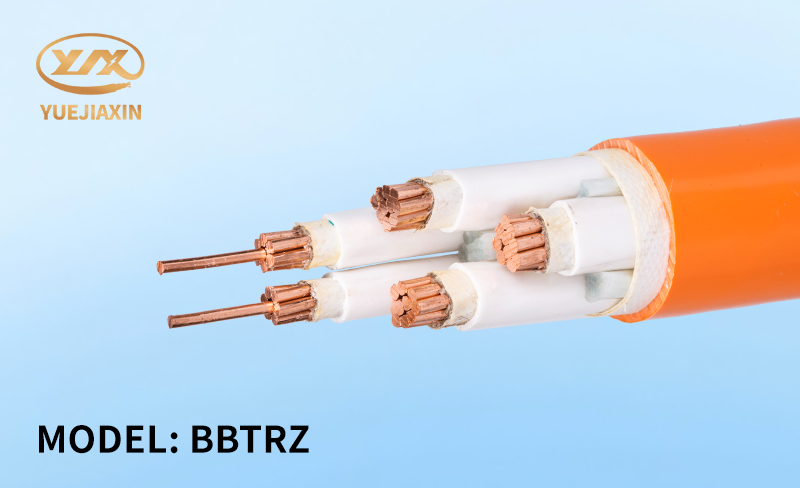
BBTRZ cable, or Flexible Magnesium Hydroxide Mineral Insulated Non-Flammable Fire-Resistant Cable, features a flexible design consisting of copper strands, mineral compound insulation, and a mineral compound sheath. The copper strands offer excellent bending properties, making them easy to bend and route during installation and adaptable to a variety of complex installation environments.
BTLY (NG-A) cable, or Aluminum Sheathed Flexible Insulated Fire-Resistant Cable, boasts a unique structure featuring a soft conductor and undergoes a special processing technique to ensure more efficient power transmission. BTLY (NG-A) cable offers excellent electrical conductivity, effectively reducing electrical resistance and energy loss. It also offers strong mechanical resistance, allowing it to withstand a certain degree of external force without damage.
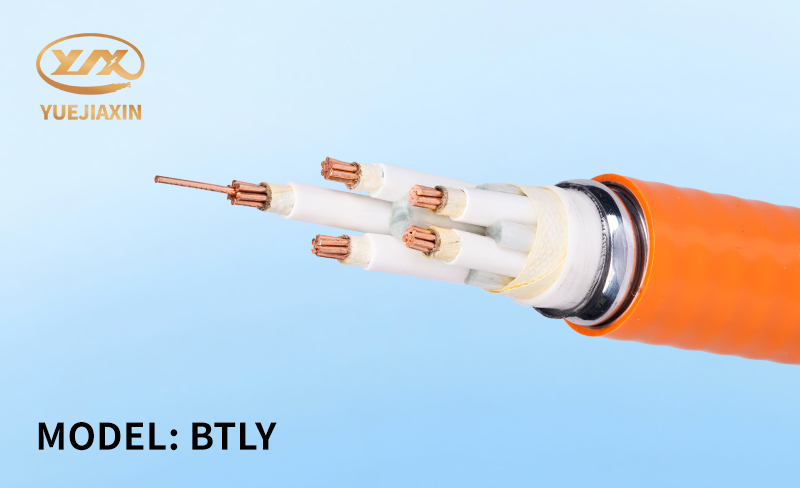
In practical applications, selecting the appropriate mineral cable model is a critical issue. This requires comprehensive consideration of multiple factors to ensure the cable delivers optimal performance in different scenarios while also balancing cost-effectiveness. For locations with stringent fire protection requirements, such as BTTZ, rigid mineral cables are a reliable choice. However, in complex wiring environments requiring excellent bending performance, flexible mineral cables offer advantages.

